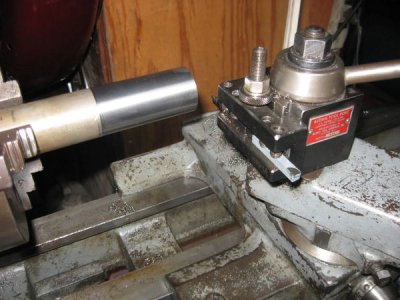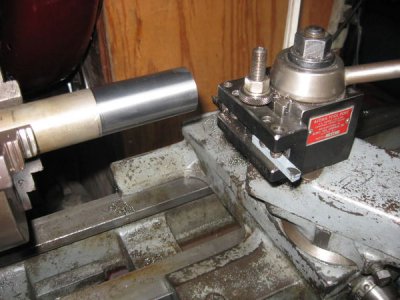- Joined
- Jan 2, 2011
- Messages
- 331
Thanks Pierre for the explaination. I think my tool is a little dull. Between that and the normal springing that certainly explains it.
I still have massive play with the front shim out so I don't think the Belleville washer will work for me. The rear way is tight when the shim was removed enough to make me have to loosen the screws so it wouldn't be too tight. Thinner shim need there.
In my case, being my front way is so worn, even with the carriage tight, unless the play was taken from the top surface of the ways, wouldn't the taper on the work still show up?
I have read about some kind of filler for the ways mentioned in some threads. Will that really work?
I still have massive play with the front shim out so I don't think the Belleville washer will work for me. The rear way is tight when the shim was removed enough to make me have to loosen the screws so it wouldn't be too tight. Thinner shim need there.
In my case, being my front way is so worn, even with the carriage tight, unless the play was taken from the top surface of the ways, wouldn't the taper on the work still show up?
I have read about some kind of filler for the ways mentioned in some threads. Will that really work?


